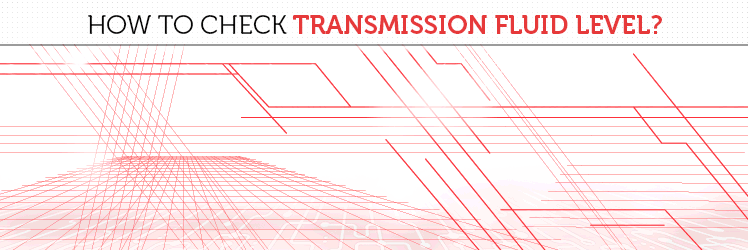
The first question we’re going to cover before we get anywhere near debating what fluid or oil changes should or shouldn’t cost, is which one you actually need.
TRANSMISSION FLUID CHANGE COST HOW TO
TRANSMISSION FLUID CHANGE COST FULL
If you go for the full flush option a cost of between $250 and $300 would not surprise me. I would say at 130K the transmission fluid in your Nissan is probably due to be changed.

Without trying to make it overly complicated, it all comes down to a trusted service provider who makes these sorts of recommendations for the right reasons and uses the correct fluids. Hopefully you can see it is not as simple as it sounds. Performance should not be confused with wear and tear however. We do know that with some of the Constant Variable Transmissions (CVT), adding the manufactures recommended oil can improve a transmissions performance out of sight. If the transmission is slipping or not performing because of a major internal fault or excessive wear and tear, then a full flush and change of oil is a complete waste of time and more importantly, a waste of money. Where there are signs of bad deterioration of the oil a flush is more likely to provide the most benefits long term and the extra cost is justified. You are controlling the costs and at the same time trying to do the best to gain maximum life out of the transmission. Provided the correct oil is used and the oil is hot when the drain takes place it is not a bad move. This is where costs can skyrocket and depending on the cars overall value and the transmission condition, several options should be considered.įirstly for a vehicle like yours (9 years old) that has a transmission that is showing no obvious signs of excessive wear and tear and where the oil has no burnt look or smell, you may take the option of a simple drain and refill (no flush). This process can use a huge amount of oil which is all chargeable to the bill payer. This involves “pumping” the oil out of the transmission and supplementing it with fresh oil while the engine is running. In an effort to replace as much oil as possible the transmission often requires a full flush. When fluid is drained by simply removing the drain plug, a considerable amount of oil is retained in the transmission including the torque converter, which is the link between the engine and transmission. There are certainly benefits from changing the oil provided the correct oil type is used and it falls within the manufactures recommended time frames.įlushing the transmission is something that needs to be done for the right reasons also. Regardless of the type of transmission, some form of wear and tear is always going to take place in automatics and this will eventually contaminate the oil.


Often garages have an opinion on an alternative type or brand of oil which can create transmission problems further down the track.

One of the reasons for these longer service intervals is a strong desire to retain the manufactures recommended oil in the transmission for as long as possible. We are seeing more and more manufactures stretching their change intervals further as oil and transmission technology improves. The type of oil used has also become very specific in recent years as not all automatics are the same. If the transmission was to overheat for example, the oil is one of the first things to suffer which it never really recovers from. It’s a good question and there is no one rule that suits every make/model of vehicle.Īutomatic transmissions rely on oil pressure to operate and the internal temperatures generated can be extremely high depending on driving conditions and the loads being applied by the driver.


 0 kommentar(er)
0 kommentar(er)
